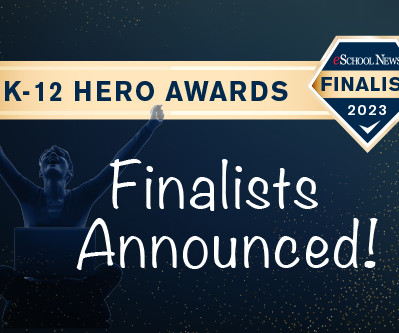7 Shifts to Closing the Digital Divide
EdTechTeam
NOVEMBER 22, 2017
There has been a lot of discussion about screen time, iPad usage, traditional versus new teaching strategies. How can we close this digital divide? According to the US Department of Education , there are seven ways to help close the digital divide.















Let's personalize your content